- Home
- Articles
- Architectural Portfolio
- Architectral Presentation
- Inspirational Stories
- Architecture News
- Visualization
- BIM Industry
- Facade Design
- Parametric Design
- Career
- Landscape Architecture
- Construction
- Artificial Intelligence
- Sketching
- Design Softwares
- Diagrams
- Writing
- Architectural Tips
- Sustainability
- Courses
- Concept
- Technology
- History & Heritage
- Future of Architecture
- Guides & How-To
- Art & Culture
- Projects
- Interior Design
- Competitions
- Jobs
- Store
- Tools
- More
- Home
- Articles
- Architectural Portfolio
- Architectral Presentation
- Inspirational Stories
- Architecture News
- Visualization
- BIM Industry
- Facade Design
- Parametric Design
- Career
- Landscape Architecture
- Construction
- Artificial Intelligence
- Sketching
- Design Softwares
- Diagrams
- Writing
- Architectural Tips
- Sustainability
- Courses
- Concept
- Technology
- History & Heritage
- Future of Architecture
- Guides & How-To
- Art & Culture
- Projects
- Interior Design
- Competitions
- Jobs
- Store
- Tools
- More

Creating a memorable shopping experience is essential in today’s retail world. With numerous options and distractions, a well-designed store can truly stand out. It’s not just about the products, but also about their presentation. Retailers should utilize creative ideas that showcase the brand and attract customers.
Retail design is changing. It now includes elements that connect with shoppers in different ways. From store layout to the use of new technology, today’s strategies can turn a simple shopping trip into an engaging experience. Let’s explore how you can update your retail space to attract and retain customers.
Table of Contents
ToggleStore Layout
The layout of a store can significantly affect how customers behave. A good flow makes it easier for customers to navigate and encourages them to explore more. Consider an open layout that avoids clutter and obstacles. This openness makes customers feel comfortable.
Create pathways that guide customers from one area to another, while also showcasing products. You can set up different zones for various styles or categories, helping customers move smoothly between experiences. A well-organized flow not only improves shopping but can also lead to more impulse buys as customers discover appealing items.
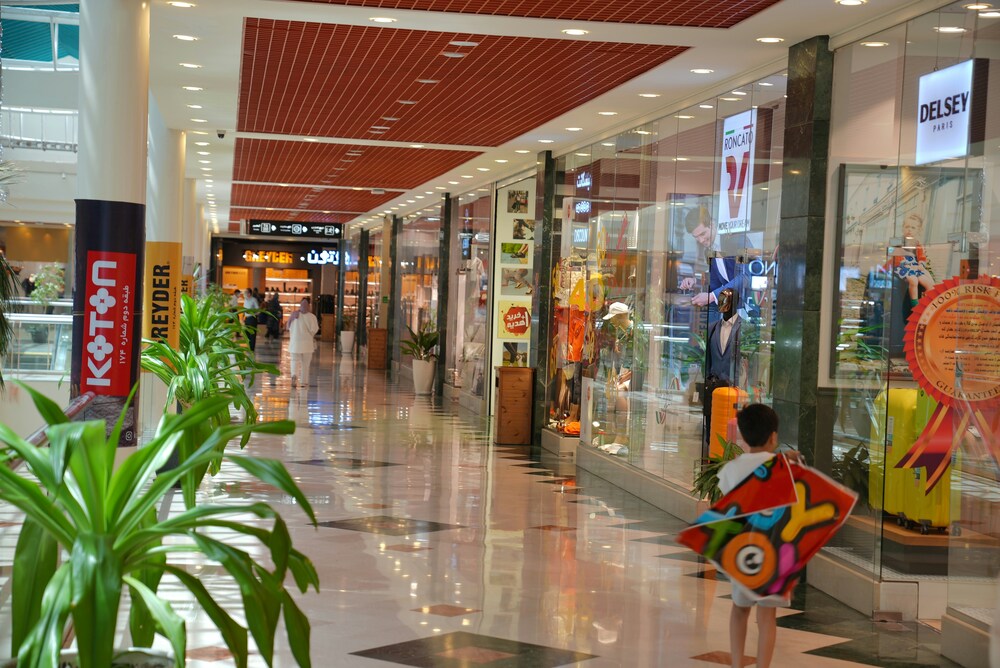
Lighting
Good lighting is crucial for how products look. Bright spaces can energize customers, while softer lights can create a cozy feel for high-end products. Utilize a combination of ambient, task, and accent lighting to establish the ideal ambiance throughout the store.
Highlight specific displays with spotlights to draw attention to key products. Warm light tones can enhance the store’s overall atmosphere. Plus, using energy-efficient LED lights can lower costs and support eco-friendly goals, which many customers value. With the right lighting, you can create the desired vibe and showcase what you want to sell.
Digital Engagement
Retail digital signage is revolutionizing the design landscape. It lets stores share messages, promotions, or brand stories in eye-catching ways. Unlike traditional displays, digital screens can be updated easily and quickly, keeping information fresh and relevant.
Imagine entering a store and seeing vibrant visuals that highlight new arrivals or special offers. This type of interaction informs and entertains, making the experience memorable. Digital signage can also be used in conjunction with marketing campaigns to enhance their impact and reach. By embracing this trend, retailers can keep their displays current and improve the way customers connect with the brand.
Sustainable Materials
Many consumers are concerned about sustainability, so incorporating eco-friendly materials into retail design is crucial. Picking sustainable flooring, recycled fixtures, and low-VOC paint can attract environmentally conscious shoppers. This choice also shows that the brand is responsible and forward-thinking.
Natural materials like reclaimed wood or upcycled items add unique textures and stories to the space. These choices not only look good but also match the commitment to sustainability that many shoppers value. Brands that prioritize environmental responsibility can foster stronger connections with customers who appreciate their efforts.
Flexible Interiors
Modern retail spaces must adapt to changing trends and evolving customer needs. A flexible interior design enables easy adjustments to layouts, displays, and experiences. Modular fixtures and movable displays would allow stores to quickly switch themes, seasonal items, or promotional setups without requiring major renovations.
Consider using multifunctional furniture that serves multiple purposes, making the most of the space. This flexibility keeps the store feeling fresh and exciting, encouraging loyal customers to return. A flexible design also shows customers that the brand is innovative and responsive.
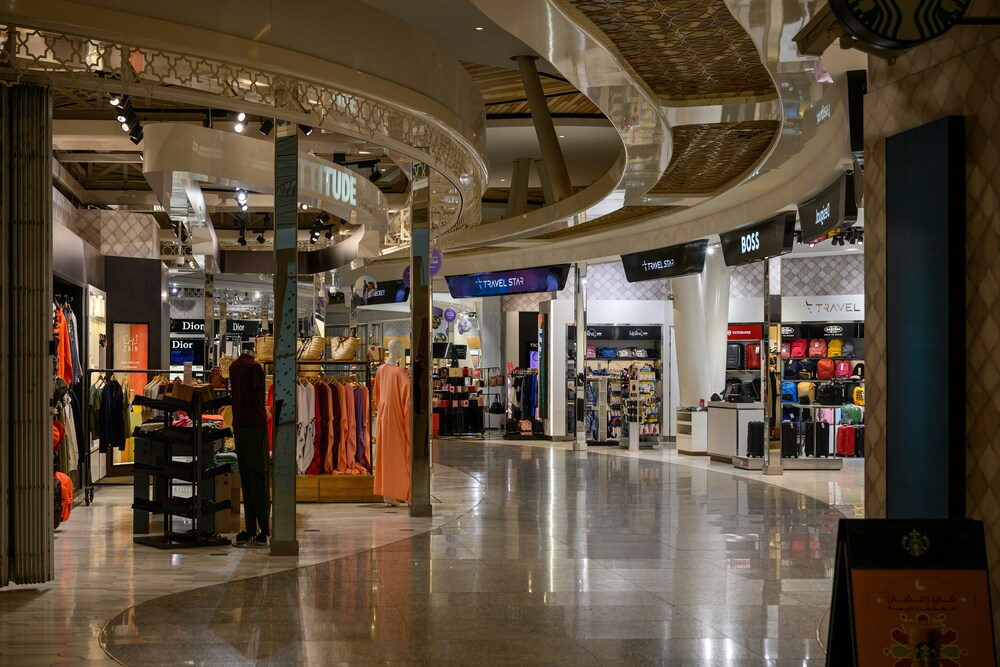
Tech Integration
Utilizing technology in retail design can enhance operations and the overall shopping experience. Self-checkout kiosks and mobile payment systems save time and add convenience. Augmented reality apps enable customers to visualize products in real-time, bridging the gap between online and in-store shopping.
Utilizing technology in retail stores design can enhance operations and the overall shopping experience. Self-checkout kiosks and mobile payment systems save time and add convenience. Augmented reality apps enable customers to visualize products in real-time, bridging the gap between online and in-store shopping.
Incorporating RFID technology can provide valuable insights into customer behaviour, enhancing inventory management and product placement. Smart mirrors and interactive screens engage customers, offering tailored recommendations to keep them coming back. Embracing tech integration creates a modern and efficient environment that shoppers appreciate.
Community Spaces
Creating community spaces in retail locations can strengthen customer relationships. Comfortable seating areas or interactive zones let shoppers relax, socialize, or attend events. This approach turns shopping into a community experience, fostering loyalty.
Events like product launches, workshops, or local artist showcases can attract large crowds and foster a sense of community and belonging. When customers feel connected to the store and its community, they are more likely to return. Designing a space for gathering reflects the changing role of retail—it’s about making meaningful connections, not just transactions.
Trained as an architect and seasoned in the editorial trenches, I turn raw design concepts into compelling narratives that resonate beyond studio walls. My work spans in-depth project spotlights, interviews with visionary designers, and analysis pieces that distill complex technical data into accessible insights. Whether polishing copy for publication or generating original features, I draw on years of practice to ensure every sentence captures architecture’s rigor, poetry, and cultural impact—inviting professionals and enthusiasts alike to see the built environment through a sharper, more inspired lens.
Submit your architectural projects
Follow these steps for submission your project. Submission FormLatest Posts
Furniture Movers by the Hour: Complete Guide to Hourly Moving Services in 2025
Introduction Furniture movers by the hour are professional moving services that charge...
Where To Charge Rivian: Complete Guide to Charging Locations and Networks
Introduction Rivian electric vehicle owners can charge their vehicles through multiple charging...
Frank Gehry Architecture: Style, Innovation and Iconic Works
Frank Gehry is one of the most influential architects of our time,...
The Dialogue Between Islamic Architecture and Modern Design
Explore Islamic architecture and modern design: climate-smart strategies, case studies, and courtyards,...




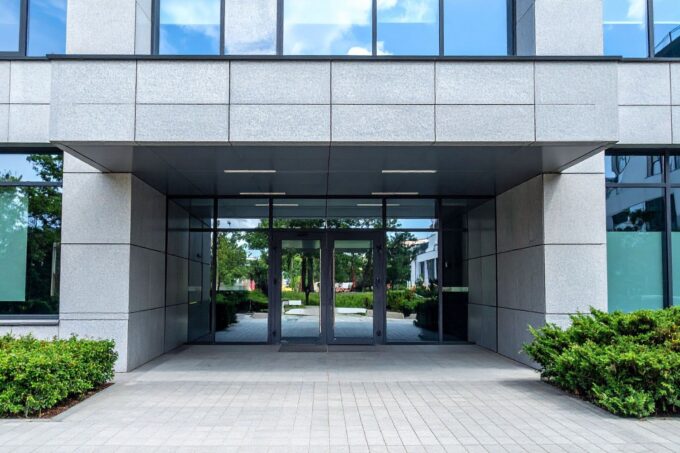




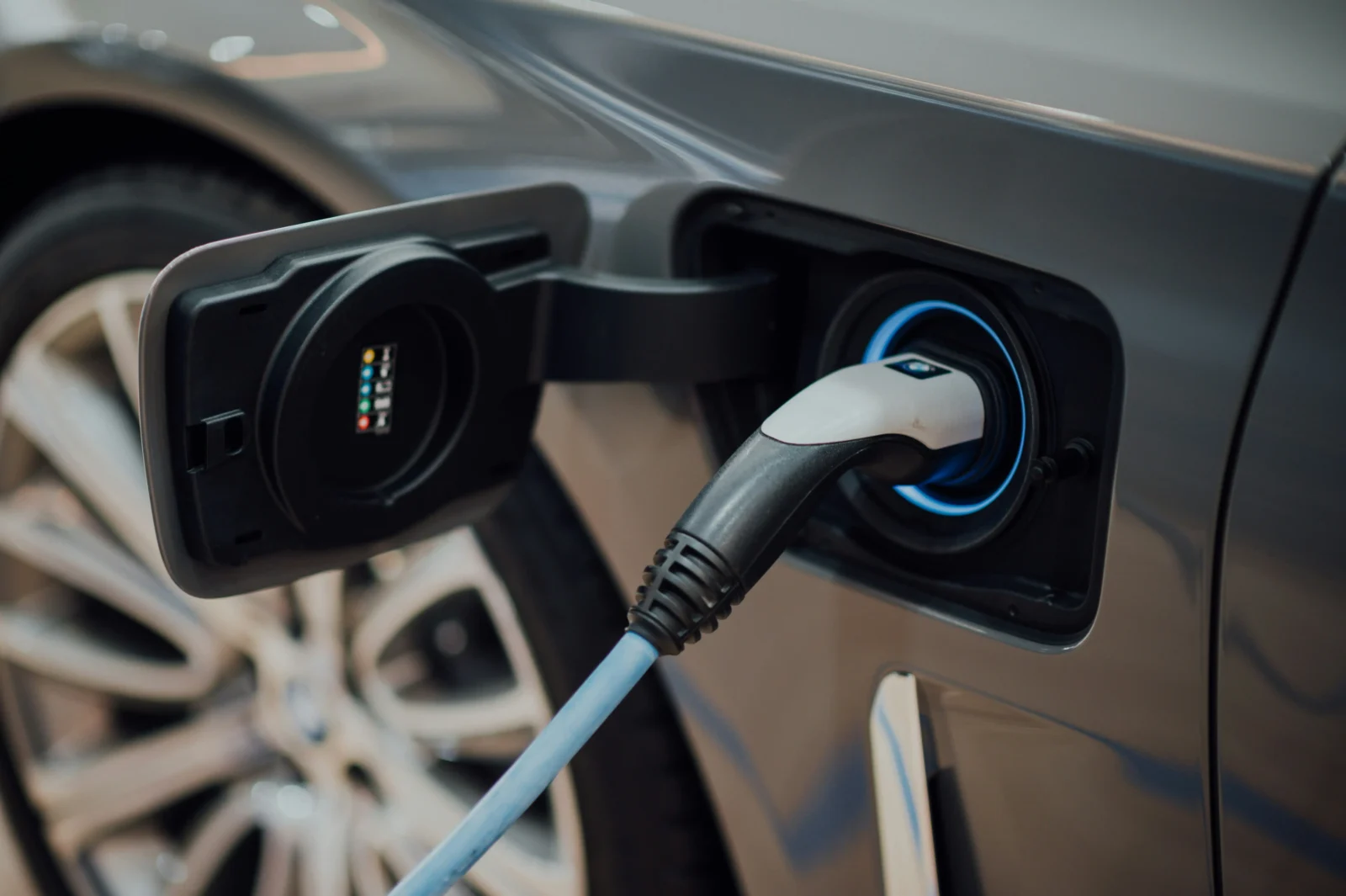
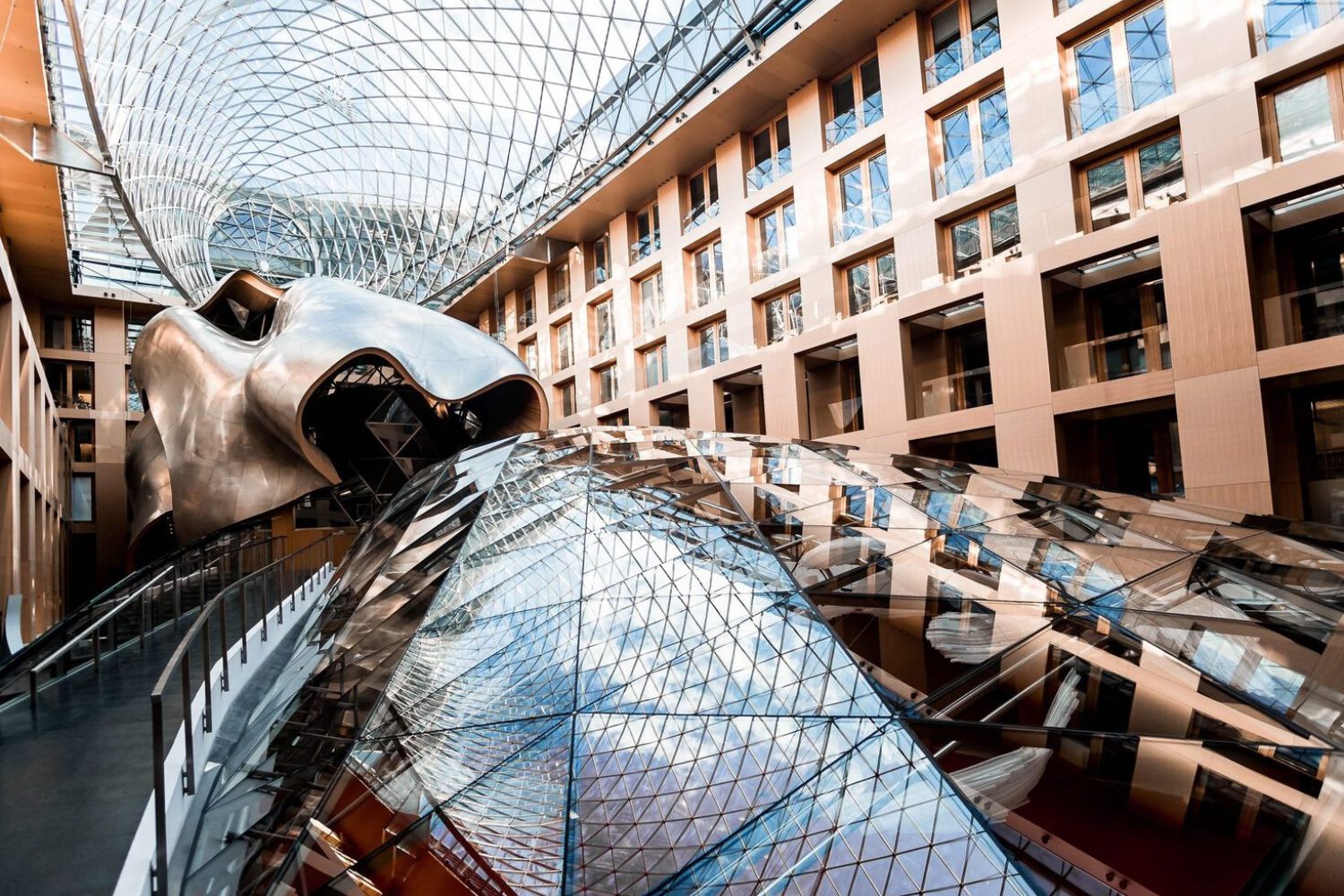

Leave a comment